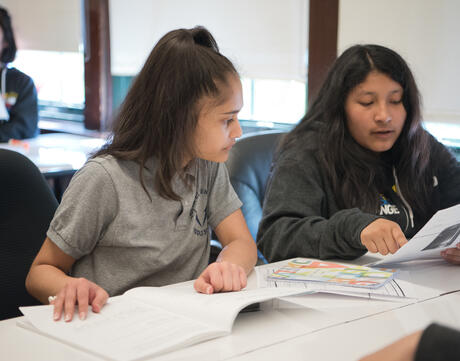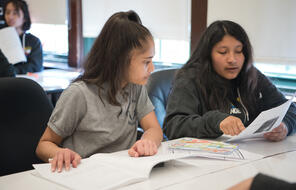
Analyzing “Aha” Moments
At a Glance
Language
English — USSubject
- English & Language Arts
Grade
6–12- Culture & Identity
Overview
About This Learning Experience
The works of literature that stay with us long after we have read them provide us with insight into the human experience and what it means to be human. They may affirm our identity in some way or broaden our thinking about other people and places in the world. As we read, we follow the characters’ cognitive, emotional, and moral developments as they navigate their relationships with others and their worlds. In literature, as in life, the choices characters face and the processes they use to make decisions are complex, often involving risk and opportunity, loss and freedom, regrets and affirmations, conflict and joy.
The following learning experiences help students to identify pivotal moments where a central character learns something important about themselves, others, and their real or fictional world. Engaging in reflection and discussion about these “aha” moments can deepen students’ understanding of the text and invite them to draw connections between literature and life in imaginative rehearsals of their own past and future experiences.
Preparing to Teach
A Note to Teachers
Before using this learning experience, please review the following information to help guide your preparation process.
Activities
Activities
Materials and Downloads
Quick Downloads
Download the Files
Unlimited Access to Learning. More Added Every Month.
Facing History & Ourselves is designed for educators who want to help students explore identity, think critically, grow emotionally, act ethically, and participate in civic life. It’s hard work, so we’ve developed some go-to professional learning opportunities to help you along the way.
Exploring ELA Text Selection with Julia Torres
On-Demand

Working for Justice, Equity and Civic Agency in Our Schools: A Conversation with Clint Smith
On-Demand

Centering Student Voices to Build Community and Agency
On-Demand














